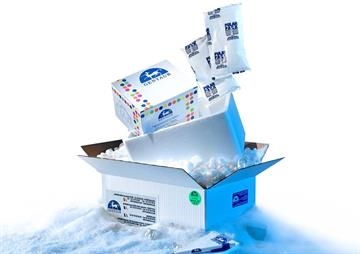- Categories
- Specials and Offers
- Custom Services
- Products
Phospho-ABL1 (Thr735) Colorimetric Cell-Based ELISA Kit


Phospho-ABL1 (Thr735) Colorimetric Cell-Based ELISA Kit
950.00 €
In Stock
quantity
product details
Catalog number: 544 - MBS9501618-2x96Wells
Product Category: Business & Industrial > Science & Laboratory
MyBiosourceGentaur
Size: 2x96Wells
Related Products
EKC2556
ABL1 (Phospho-Thr735) Colorimetric Cell-Based ELISA Kit
The ABL1 (Phospho-Thr735) Cell-Based ELISA Kit is a convenient, lysate-free, high throughput and sensitive assay kit that can monitor ABL1 (Phospho-Thr735) protein expression profile in cells. The kit can be used for measuring the relative amounts of ABL1 (Phospho-Thr735) in cultured cells as well as screening for the effects that various treatments, inhibitors (ie. siRNA or chemicals), or activators have on ABL1 (Phospho-Thr735).
960.00 €
BT-AP05949-100ul
Abl1(Phospho Thr735) Polyclonal Antibody
This gene is a protooncogene that encodes a protein tyrosine kinase involved in a variety of cellular processes| including cell division| adhesion| differentiation| and response to stress. The activity of the protein is negatively regulated by its SH3 domain| whereby deletion of the region encoding this domain results in an oncogene. The ubiquitously expressed protein has DNA-binding activity that is regulated by CDC2-mediated phosphorylation| suggesting a cell cycle function. This gene has been found fused to a variety of translocation partner genes in various leukemias| most notably the t(9;22) translocation that results in a fusion with the 5' end of the breakpoint cluster region gene (BCR; MIM:151410). Alternative splicing of this gene results in two transcript variants| which contain alternative first exons that are spliced to the remaining common exons.
Ask for quotation
BT-AP05949-20ul
Abl1(Phospho Thr735) Polyclonal Antibody
This gene is a protooncogene that encodes a protein tyrosine kinase involved in a variety of cellular processes| including cell division| adhesion| differentiation| and response to stress. The activity of the protein is negatively regulated by its SH3 domain| whereby deletion of the region encoding this domain results in an oncogene. The ubiquitously expressed protein has DNA-binding activity that is regulated by CDC2-mediated phosphorylation| suggesting a cell cycle function. This gene has been found fused to a variety of translocation partner genes in various leukemias| most notably the t(9;22) translocation that results in a fusion with the 5' end of the breakpoint cluster region gene (BCR; MIM:151410). Alternative splicing of this gene results in two transcript variants| which contain alternative first exons that are spliced to the remaining common exons.









